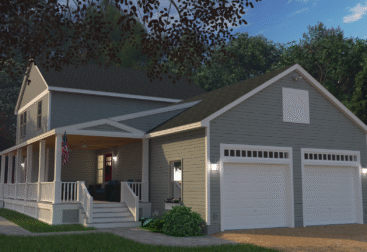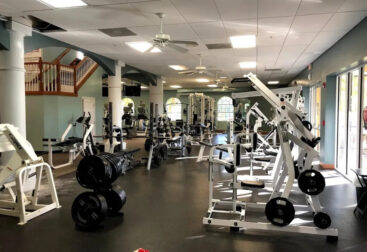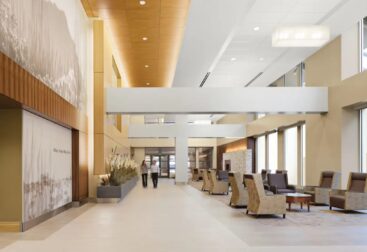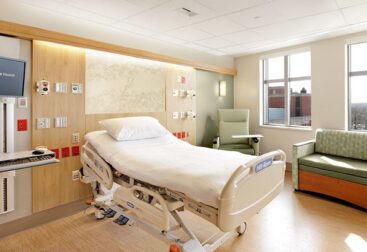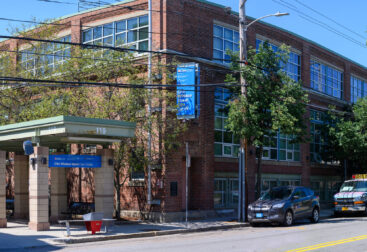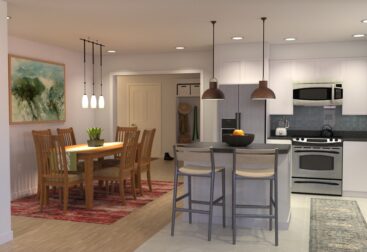In retail, every detail matters. The customer journey doesn’t begin at the checkout counter—it starts at the street, with the first glimpse of a storefront, and continues through every movement, pause, and decision that follows. Architecture isn’t just the backdrop for that journey; it shapes it. The built environment is one of the most powerful tools a retailer has for influencing how customers experience a brand, whether they stay and engage, and ultimately, whether they buy.
The storefront is the first brand impression. A façade can project openness, exclusivity, or curiosity, depending on how it is designed. Glass and transparency invite browsing; solid walls with controlled entries create a sense of luxury or intrigue. Even the threshold—the moment a customer steps through the door—sets expectations. Architecture signals whether the experience will feel energetic, refined, playful, or efficient before a single word is spoken.
Once inside, circulation becomes choreography. How people move through a store is never accidental. A well-designed plan subtly guides customers toward discovery while allowing direct access to essentials. Strategic sightlines, lighting, and material changes help orient visitors and draw them deeper into the space. Done well, circulation feels natural, not forced—encouraging exploration without confusion.
Architecture also sets the atmosphere. Scale and proportion influence mood as much as décor. A soaring ceiling inspires drama; lower, intimate proportions foster comfort. Light, sound, and texture reinforce a brand’s identity. A high-end retailer may use controlled lighting and soft acoustics to slow the pace, while a fast-fashion store might favor bright, energetic environments that encourage movement. Even small architectural gestures—like providing a pause point with seating—can extend a customer’s visit and deepen engagement.
Behind the scenes, architecture balances experience with efficiency. A beautiful store that’s difficult to staff or stock will quickly frustrate employees and degrade the customer journey. Visibility for staff, logical stocking areas, and discreet security integration all play a role in keeping operations smooth. Checkout design is equally important. As retailers adopt mobile payment and self-checkout, the architecture must accommodate these tools seamlessly, without disrupting flow or creating bottlenecks.
Successful retail design also looks forward. Consumer expectations evolve quickly, and a space designed for today must adapt tomorrow. Architecture that incorporates modular displays, flexible layouts, and durable finishes gives retailers the ability to refresh without costly overhauls. The store remains relevant while the investment holds its value.
What all of this points to is simple: architecture is not neutral in retail. It drives the customer journey as much as merchandising or branding. A well-designed store is more than attractive—it is strategic, shaping how people move, how they feel, and how they connect with the business.
If your company is rethinking its retail presence, the design of your space should be part of the conversation from the beginning. Please click the link to contact me, and let’s design an environment that not only looks good but also actively supports the way customers experience your brand.


